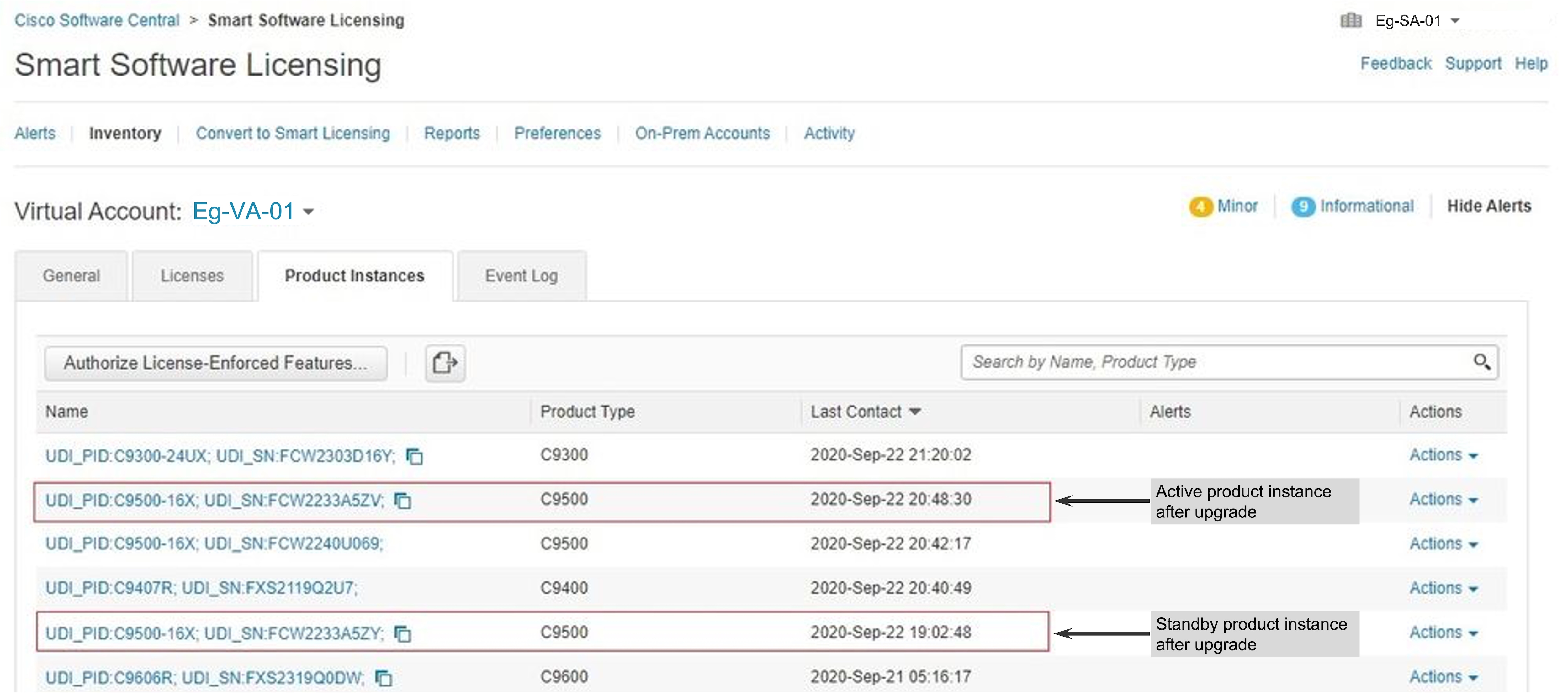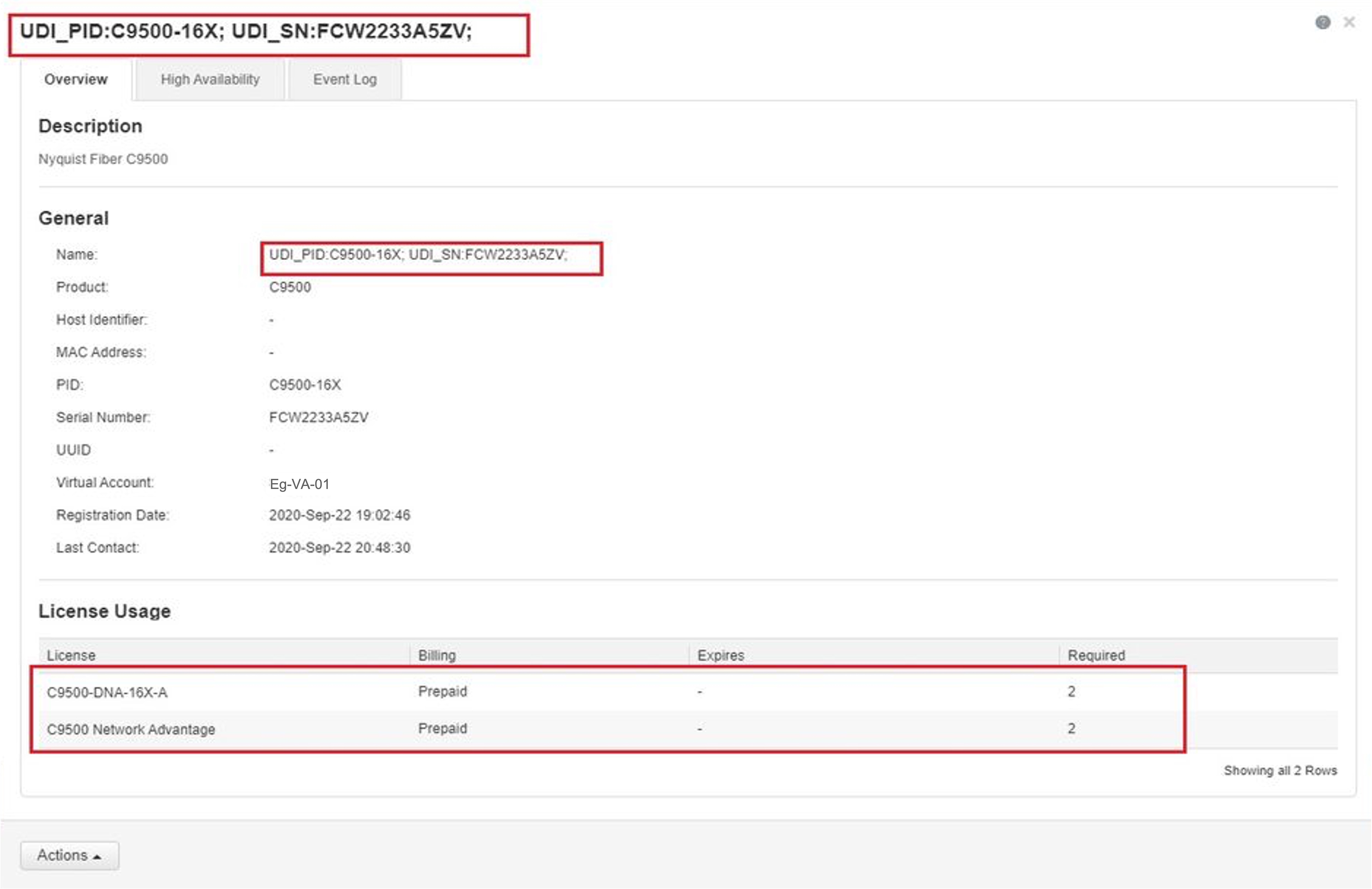Prerequisites
Before you begin the migration, if you want to learn how to perform a new deployment, see Information About Smart Licensing Using Policy.
Ensure that you read the Upgrading to Smart Licensing Using Policy section, to understand how Smart Licensing Using Policy handles various aspects of all earlier licensing models.
Note that all the licenses that you are using prior to migration will be available after upgrade. This means that not only registered and authorized licenses (including reserved licenses), but also evaluation licenses will be migrated. The advantage with migrating registered and authorized licenses is that you will have fewer configuration steps to complete after migration, because your configuration is retained after upgrade (transport type configuration and configuration for connection to CSSM, all authorization codes). This ensures a smoother transition to the Smart Licensing Using Policy environment.
Device-led conversion is not supported for migration to Smart Licensing Using Policy.





 Feedback
Feedback